Revolver "Starr": a weapon not for everyone
And hundreds of other chimeras
You will never find a friend,
Than your combat revolver!
Adam Lindsay Gordon
History firearms weapons. Among a number of articles about revolvers of the American Civil War, one of them somehow fell out of my attention, namely the Starr revolver. Although these revolvers were not very successful in the American revolver market, the Starr DA revolvers, like their later Starr SA versions, undoubtedly played an important role in arming the Union army during the American Civil War. In total, more than 21 of these revolvers entered the army of the northerners, and thus the Starr Co company became the third largest supplier of weapons to the Yankee army after Colt and Remington.
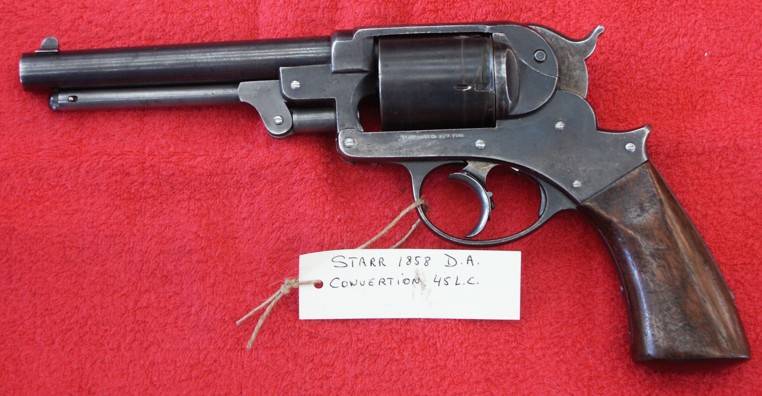
The owner of the company was Ebenezer Starr, who was born on August 16, 1816 into a wealthy family known for its numerous commercial transactions with the American government and outright lobbying for its industrial interests. From the 1790s, the Starr family was an important supplier of equipment, military cutlery, sabers and pikes, and entrenching tools such as shovels, axes, and hammers, which she usually ordered from various manufacturers but sold to the armies as her own.
Ebenezer's father, Nathan, was already in the firearms business and sold over 20 flintlock muskets to the army between 000 and 1831.
Ebenezer studied gunsmithing and gained experience as a merchant in his father's factory. He was very interested in all the latest in the field of weapons and, in particular, revolvers. Well, as it often happens, having studied the weapons of other designers, he decided to surpass them and create his own revolver - "the most perfect in the world."
And along the way, he managed to achieve a lot. In any case, on January 15, 1856, at the age of 40, Ebenezer received patent No. 14.118 for a number of improvements to "revolving pistols." So he designed a double-action trigger with a special internal cocking lever and an adjustable trigger. Later, this idea of his will be implemented in his revolvers.
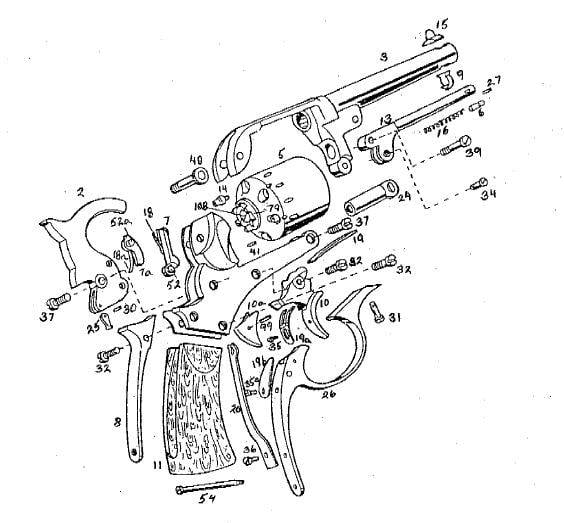
His first .36 caliber double action revolver was produced in 1857. With the exception of the barrel, which was noticeably longer than other revolvers of the time, his revolver was identical to later heavy .44 caliber revolvers.
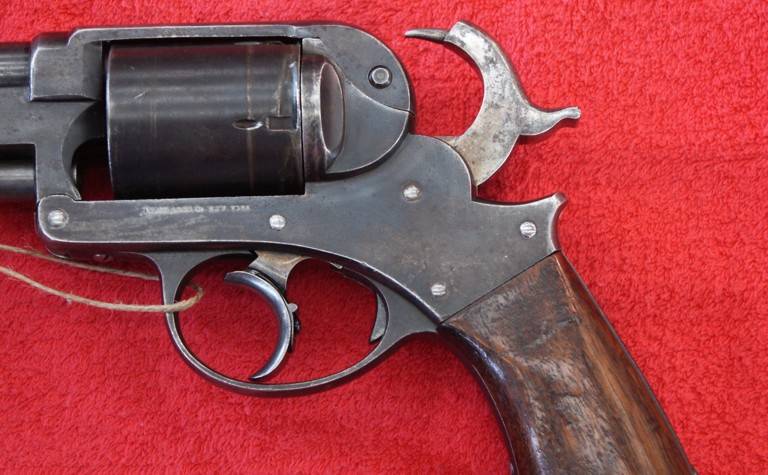
The new sample was tested in the Washington arsenal and was decisively rejected due to malfunctions that arose in it. In his report dated January 21, 1858, Major William Bell stated that the new weapon had many advantages, including a high rate of fire, but its .36 caliber bullets were too weak. In addition, in his opinion, something had to be done with the revolver drum, which often jammed used primers that deformed after being fired. In addition, spent primers were removed from the brand tubes with great difficulty, which was both inconvenient and slowed down the reloading process.
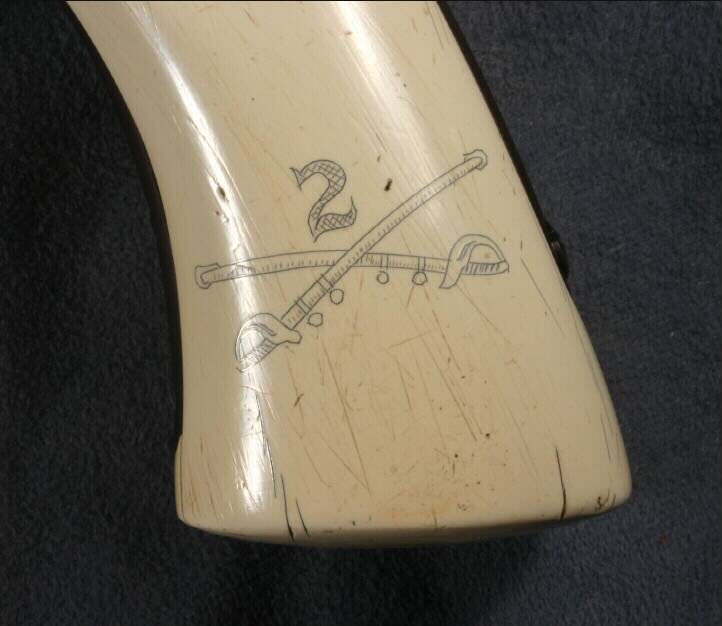
In the meantime, Ebenezer was working on a new carbine, which later the army command considered even superior to the Sharps carbines, as well as on his second revolver, already in .44 caliber.
The modified and improved .36 caliber revolver was finally accepted by the Ordnance Department, even against the advice of Inspector John Taylor. Well, with the outbreak of the Civil War in 1861, the Ordnance Department ordered first 500 revolvers, and soon another 1 Starr revolvers.
On December 4, 1860, Starr received patent number 30.843 for all the improvements he made to the design of his revolver, including his .44 caliber version.
Some reports and letters suggest that the head of the military artillery department, possibly "supported" by other arms suppliers, was against the purchase of Starr revolvers and therefore constantly emphasized all their shortcomings. However, other officials were perhaps more loyal to the new model, because they were aware of Starr's excellent relationship with the political world, and clearly did not want to "go against the grain."
As a result, on August 31, 1861, the chief accountant of the company, Everett Clapp, sent an offer to the Superintendent of Ordnance, Colonel Ripley, for the supply of 12 .000 caliber revolvers at a price of $ 44 each. Ripley accepted the offer on September 25, but demanded that the price include the cost of a screwdriver, a pipe wrench, and a bullet mold that came with each revolver. Starr agreed, and Ripley eventually increased his order to 23 units on January 11, 1862.
However, apparently in the spring of 1862 the contract was renegotiated and the total order was reduced to 15 units at $000 each. Starr ended up delivering 20 .13 caliber revolvers to the northern army over the course of 100 months.
To end the debate between supporters and opponents of the new revolver, on March 18, 1863, the Navy decided to subject the revolver with serial number 9002 to a serious test of reliability and endurance. On them, 500 shots were fired from this revolver without interruption with Johnson and Doe cartridges, designed specifically for Starr revolvers, then 60 Joslin cartridges, and finally, 362 shots were fired with Colt 1860 Army revolver cartridges. There were no misfires, and then the revolver did not even have to be cleaned. So all the envious and ill-wishers of the new revolver were convinced of its high combat and operational qualities.
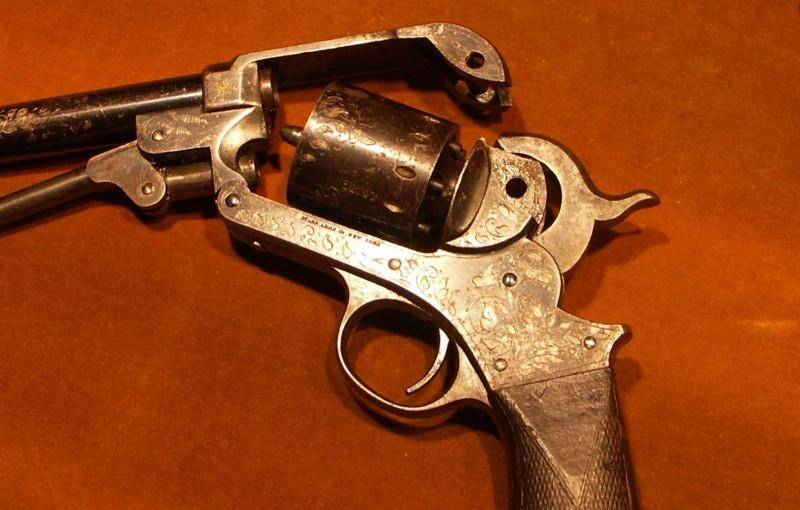
What was a .44 Starr DA revolver? Nothing more than a capsule revolver, the dimensions and weight of which were comparable to the Colt Dragoon revolver. With an empty weight of just over 1,3 kg, it was certainly one of the most imposing revolvers of its time.
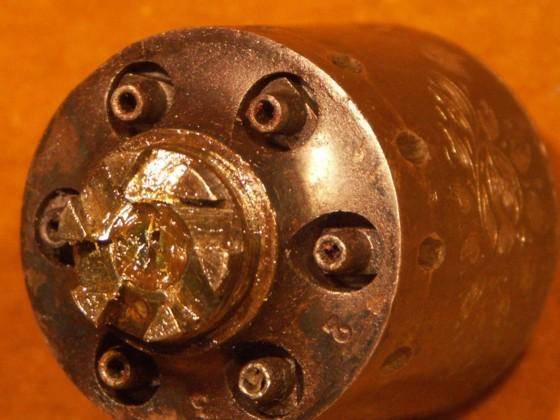
The handle provided a secure grip, but the "high" design of the revolver and the heavy weight did not contribute to its reliable retention when firing. This revolver was clearly not intended for delicate female hands, and even for a man, he was far from “handy” for everyone.
The revolver had two different systems of protection against an accidental shot: the first was double locking recesses on the drum, as on the Manhattan Arms revolvers; the second is the classic semicircular shape of the trigger. It allowed, by pulling the trigger only a few millimeters back, to weaken its impact on the primer put on the brand-tube if the revolver accidentally fell, but at the same time, the distance between the frame and the trigger was too small to risk being pinched by clothing.
Also, the revolver had not one, but two triggers. One turned the drum and cocked the trigger, the second, located behind the first, lowered it. He could do both at the same time. And he could first cock the trigger, and then make a well-aimed shot by pressing the rear trigger.
The drum lock, respectively, also had two drum lock cams, which guaranteed its blocking in any position.
At the same time, the Starr DA differed from all other revolvers of that time by having a very complex internal mechanism; a closed frame unusual for Americans, with a reclining barrel with a drum, which, however, theoretically made it possible to quickly replace the shot drum with a pre-prepared one and shoot further.
Simply cocking the trigger with your thumb was impossible. The shooter could only move the hammer to the half-cocked position, but could not bring it to full cocking without using the trigger. Thus, for shooting in double action mode, the shooter had to have a sufficiently muscular finger, since it was very difficult to press such a double trigger.
Although a lever for tight driving a bullet was attached to the revolver, it was much easier and faster to reload it by replacing an empty drum with a fully loaded one, which, by the way, many used. But only for this it was necessary to have not one, but two or even three drums, which made the Starr the most expensive among all other revolvers of the American Civil War era.
In addition, it was quite difficult to reload the drum directly on the revolver using the lever for tight bullet driving. More difficult than reloading the same Colt in the same way. So, in order to reload the Starr without removing the drum, the shooter had to first move his trigger to the half-cocked position. Then, in this position, by lightly pressing the trigger, it was necessary to allow both locking cams to disengage so that the drum could turn freely. This procedure can be relatively simple when using ready-made paper cartridges. However, it will not be easy to load a revolver in this way in a combat situation, and even, say, with frozen hands, especially if the shooter has to equip it with gunpowder from a powder flask and separately stored bullets. In addition, just like with the Colt, the charged chambers had to be covered with “cannon fat”.
Thus, despite the high lethal force and undeniable advantages, the Starr DA, as it turned out during its operation, had many shortcomings, which, probably, became the reason for its low success in the troops. By the end of 1862, Starr was persuaded to discontinue production of his double-action self-cocking revolvers in favor of a large-caliber, long-barreled single-action revolver. And when it appeared in 1863, then ... I liked it much more than the overcomplicated first model.
Although Ebenezer Starr was the Union Army's third-largest supplier of revolvers during the Civil War, after the war his company was unable to compete on an equal footing with Colt, Remington, and the up-and-coming Smith & Wesson firm, and it ended up going out of business in 1867.
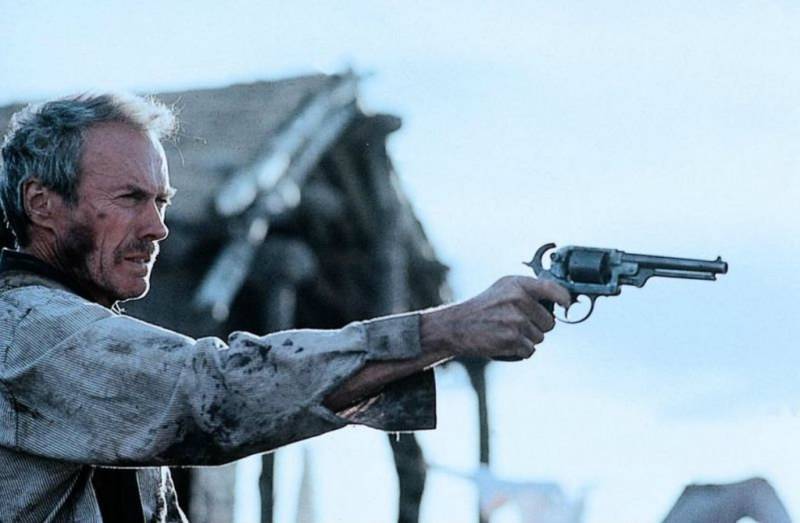
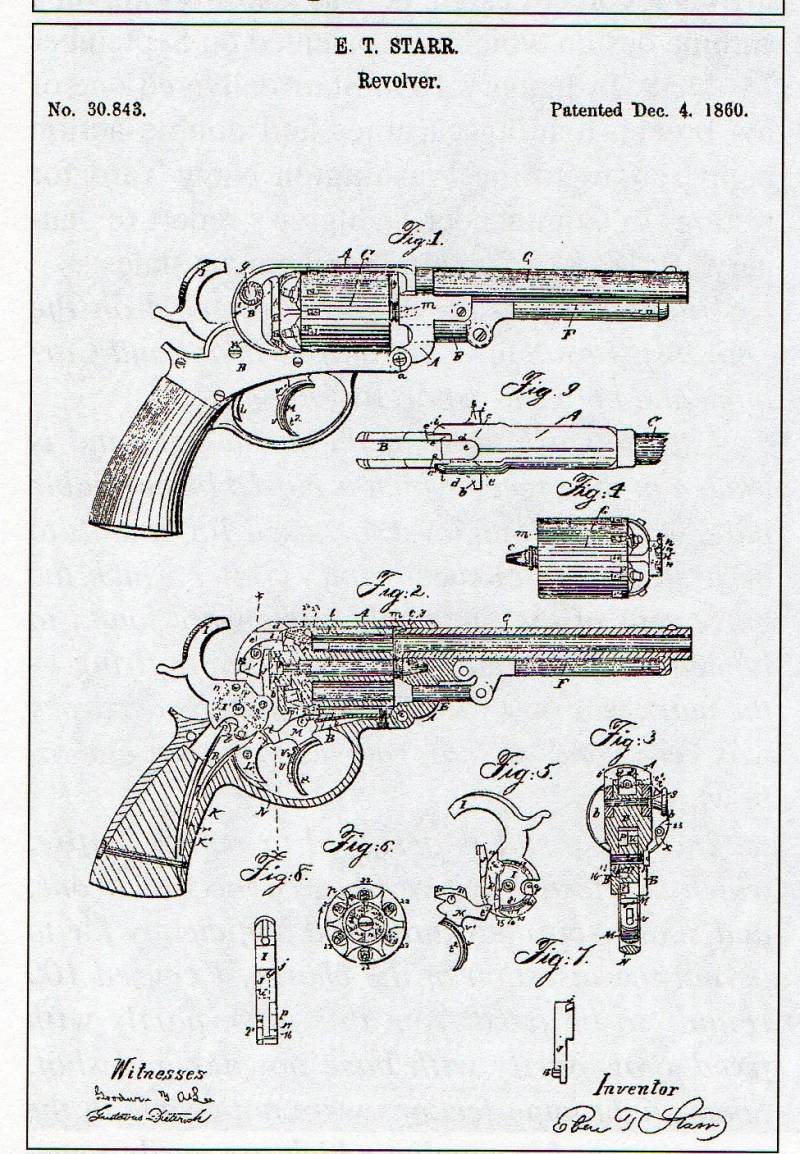
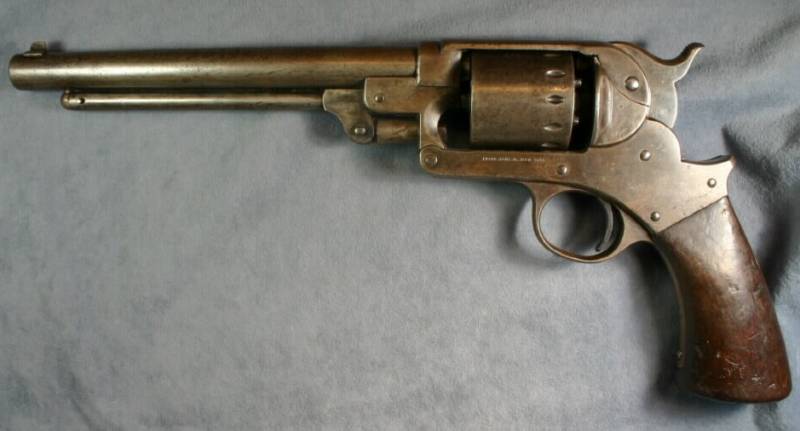
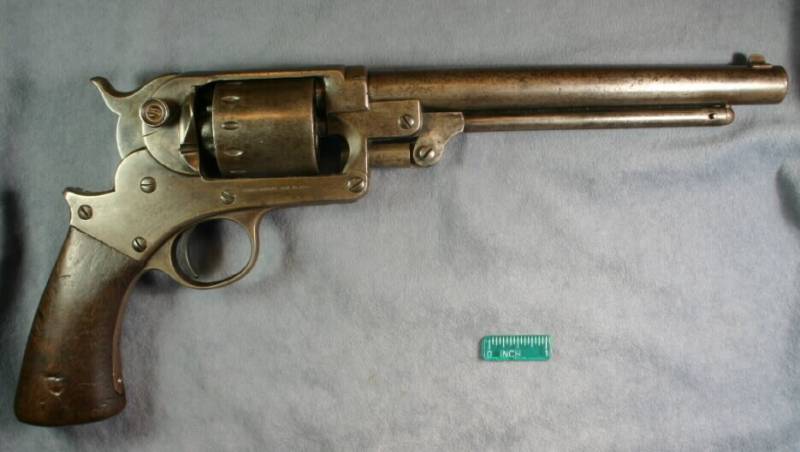
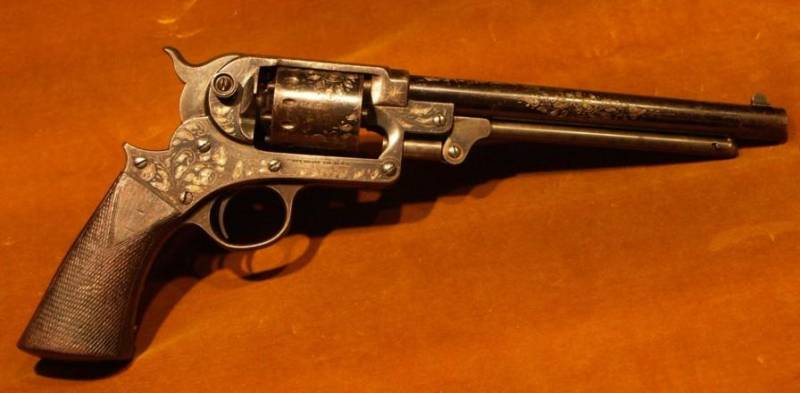
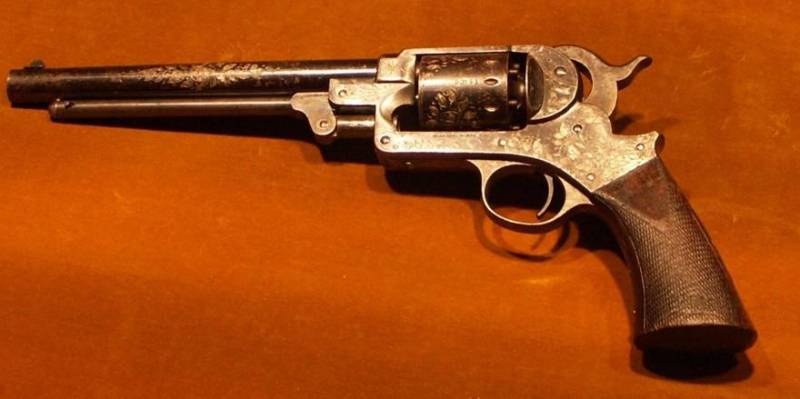
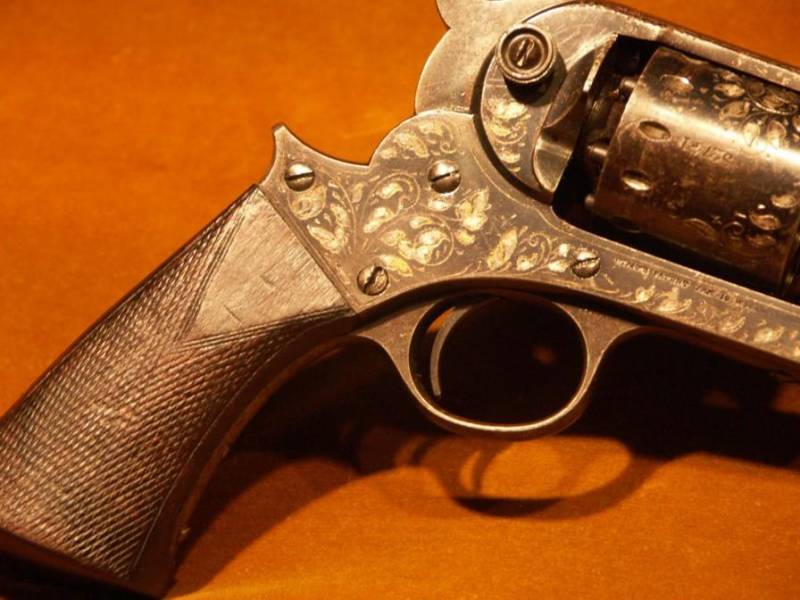
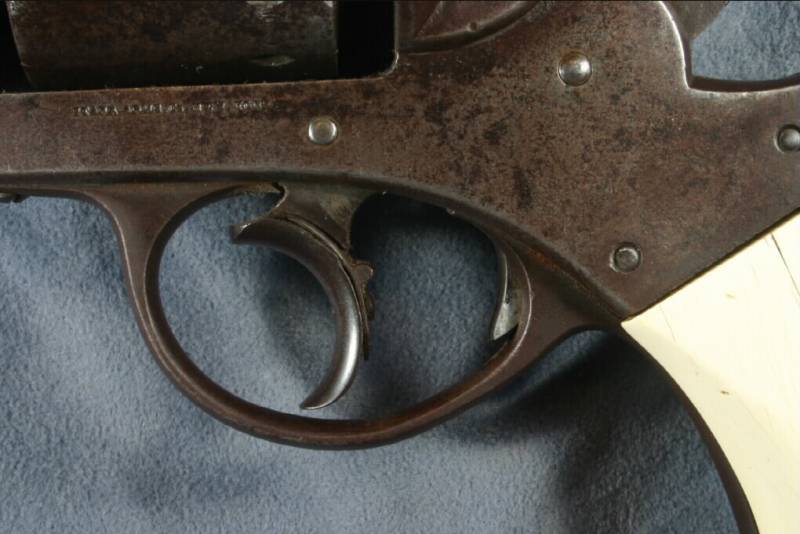
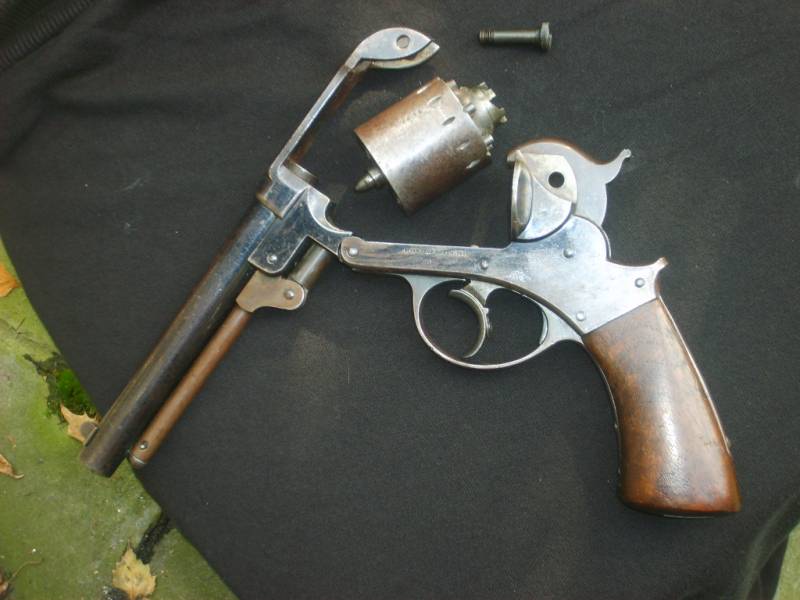
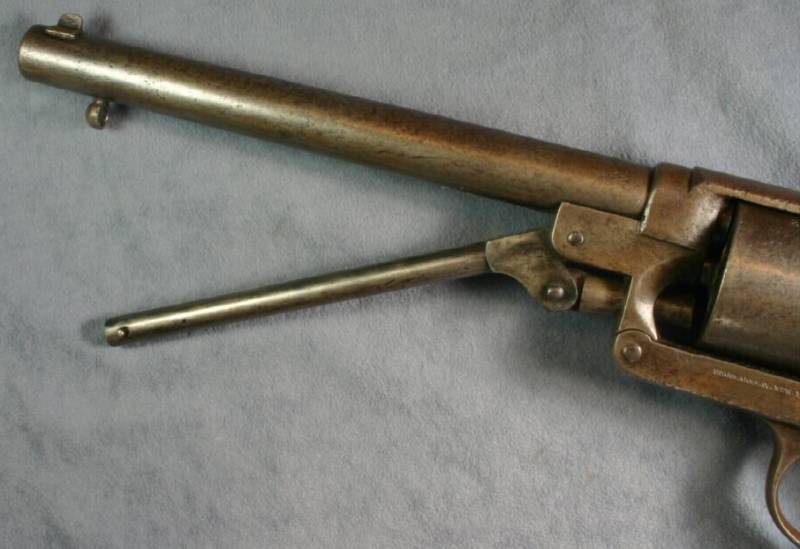
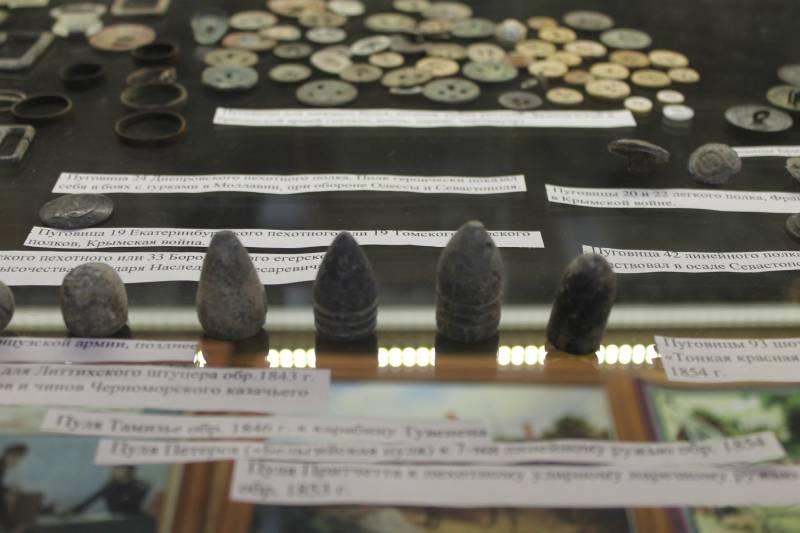
Information